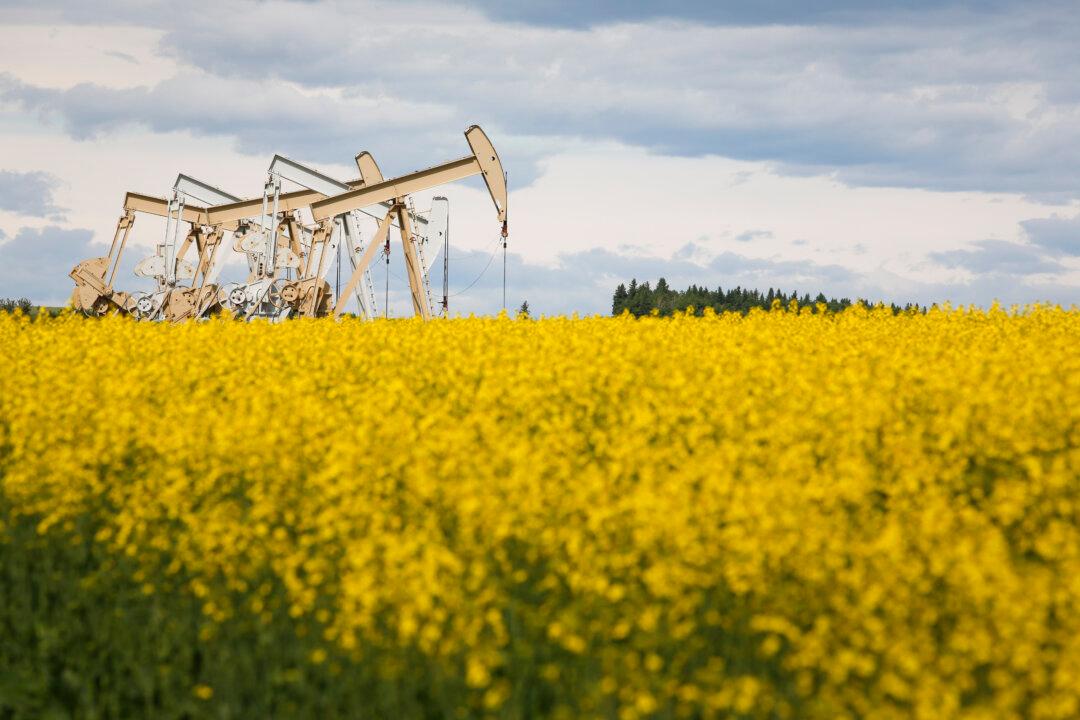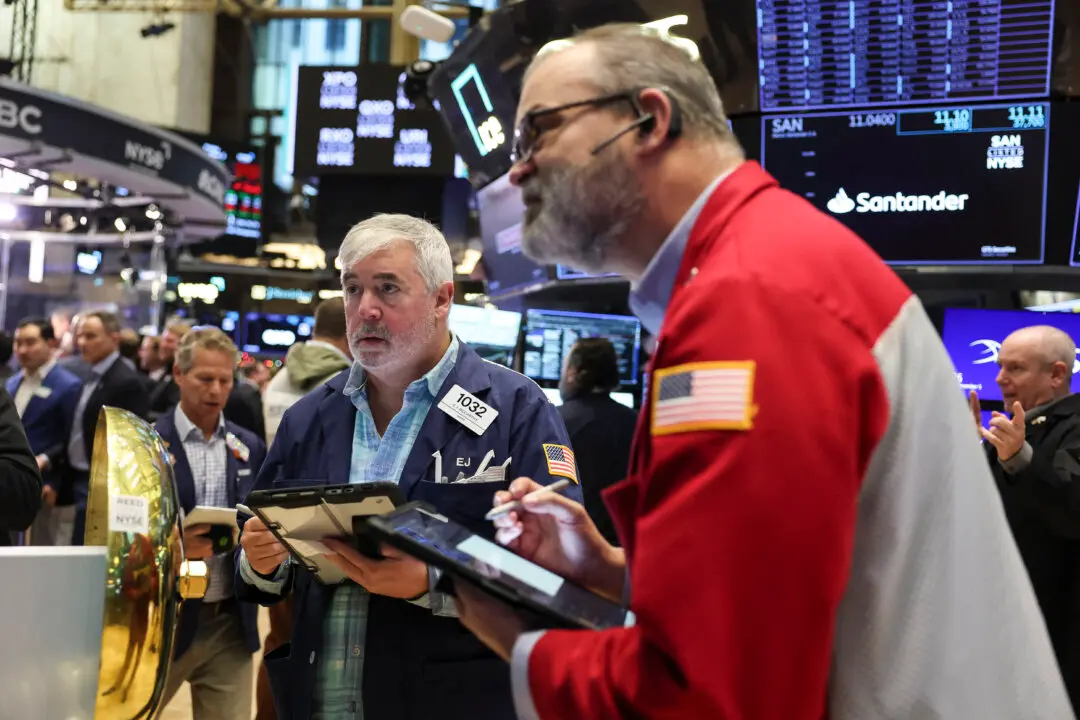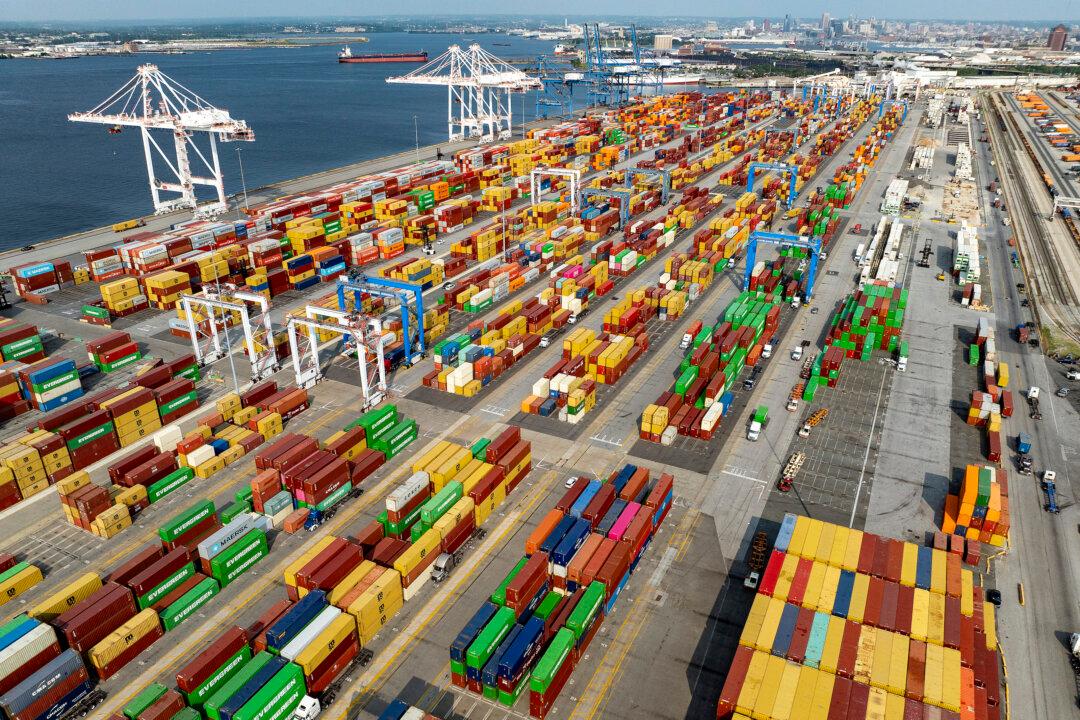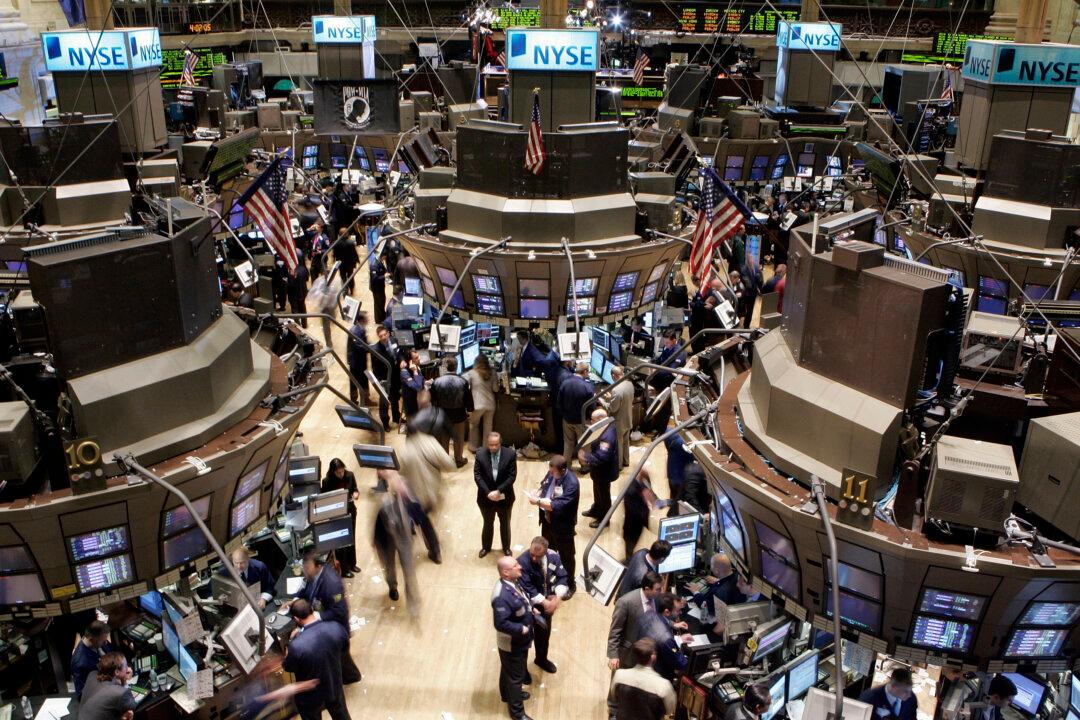Commentary
Most politicians have used the “Ukraine invasion card” to justify the massive inflationary burst in 2021–23. It does not matter if inflation was already elevated prior to the war. Supply-chain disruptions, demand recovery, wage growth... Many excuses were used to justify inflation, except the only one that can make aggregate prices rise in unison, which is the creation of more units of currency well above demand.





